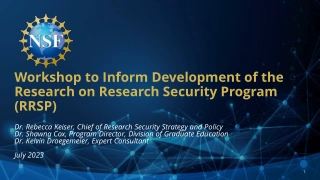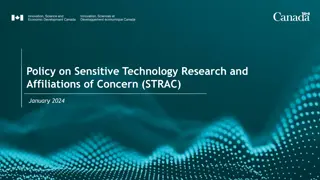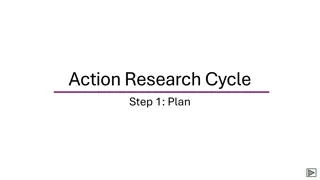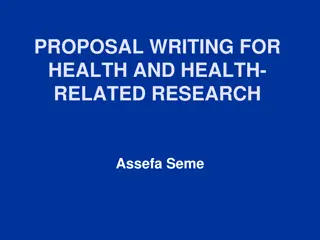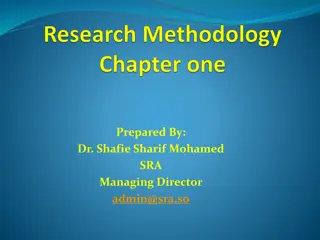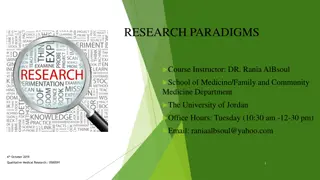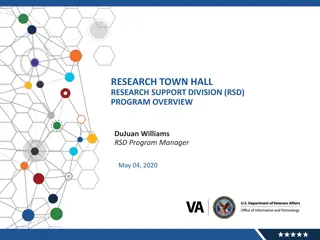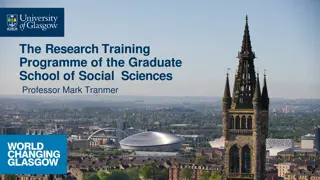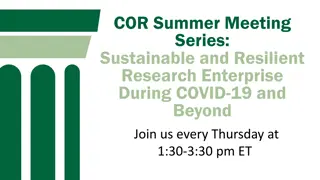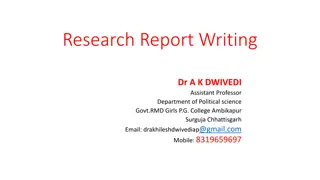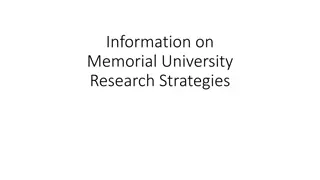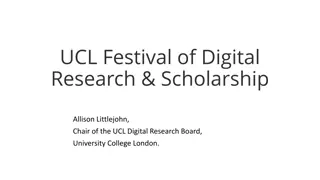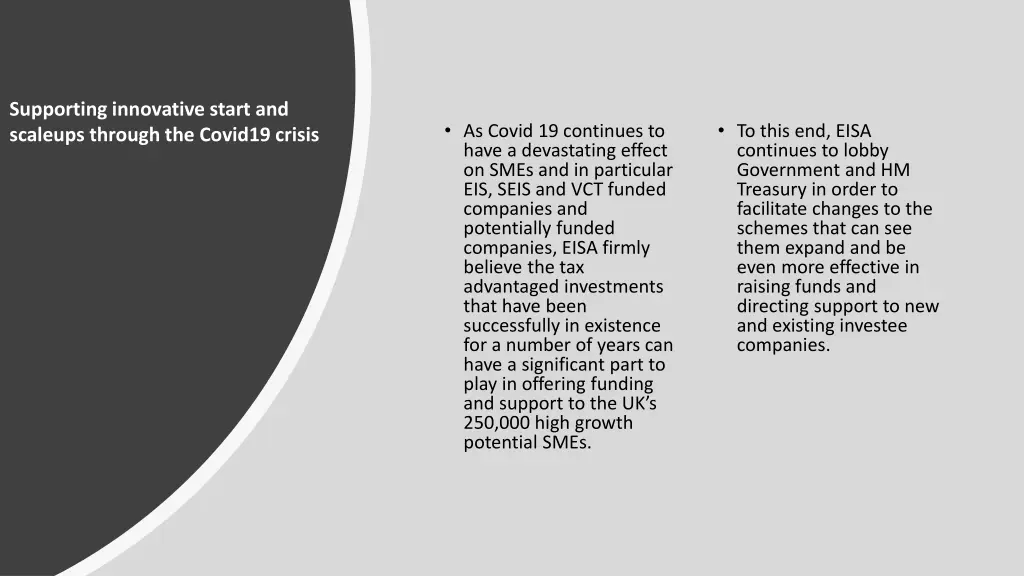
Supporting SMEs through Tax Advantaged Investments
"EISA advocates for changes in tax-advantaged investment schemes to provide crucial funding and support to high-growth SMEs during the ongoing COVID-19 crisis. Quantitative evidence is needed to strengthen lobbying efforts for scheme effectiveness and expansion. Government consultation forums present an opportunity for industry-wide recommendations. Now is the time to collaborate, gather data, and propose impactful changes for SME growth."
Download Presentation

Please find below an Image/Link to download the presentation.
The content on the website is provided AS IS for your information and personal use only. It may not be sold, licensed, or shared on other websites without obtaining consent from the author. If you encounter any issues during the download, it is possible that the publisher has removed the file from their server.
You are allowed to download the files provided on this website for personal or commercial use, subject to the condition that they are used lawfully. All files are the property of their respective owners.
The content on the website is provided AS IS for your information and personal use only. It may not be sold, licensed, or shared on other websites without obtaining consent from the author.
E N D
Presentation Transcript
Supporting innovative start and scaleups through the Covid19 crisis As Covid 19 continues to have a devastating effect on SMEs and in particular EIS, SEIS and VCT funded companies and potentially funded companies, EISA firmly believe the tax advantaged investments that have been successfully in existence for a number of years can have a significant part to play in offering funding and support to the UK s 250,000 high growth potential SMEs. To this end, EISA continues to lobby Government and HM Treasury in order to facilitate changes to the schemes that can see them expand and be even more effective in raising funds and directing support to new and existing investee companies.
We know there is market failure and funding gaps within the SME landscape that we serve. We also know EIS and SEIS backed businesses are more successful than non EIS and SEIS backed businesses but what we need more than ever is quantitative and qualitative evidence to back this up, prove these are norms not the exceptions and present as strong an analytical case as possible to the powers that be. Overcoming Overcoming the barriers the barriers One of the barriers to our lobbying efforts is the lack of available data surrounding the schemes and their Only with this can we mount a robust case for the implementation of our recommendations. effectiveness.
HM Treasury and Government increasingly seek out and require this type of evidence before making any decision so it is incumbent on us as the tax advantaged industry to set the agenda and provide this. Its obvious that the Government has now finished putting in place emergency funding measures and the focus is now turning on recovery/growth funding. It also clear that the Government is back in listening or consultation mode and has set up a number of forums and roundtables to gather date and feedback. Many observers are seeing this as an opportunity for resetting the economy and a particular emphasis has already been placed on Growth Capital for SMEs. Evidence based recommendations
In summary In summary Now is an opportune time to come together as an industry, collect data and make our recommendations. The Government is listening, we have a Budget in November and EU withdrawal at the end of the year all of which offer hope that substantive and positive changes to our schemes can be achieved
We need your We need your help, and more help, and more specifically, offer specifically, offer of sponsorship to of sponsorship to help the fund the help the fund the project project EISA has surveyed its members about the viability of a major research project that seeks to collect the data mentioned above and assess both the market failure and the efficacy of the EIS, SEIS and VCT schemes. 90% of EISA members were supportive of such a project so we would like to commence that work asap
What the research project will cover Overall Objective Increase the amount of capital available to UK growth businesses through EIS, SEIS and VCT while making it attractive for investors to continue to use the schemes
Quantitative Objectives Qualitative Objectives To compare the performance of UK companies that have received funding through EIS, SEIS and/or VCT schemes against the performance of similarly matched companies that have not received such funding, either because they weren t eligible or weren t aware of the schemes to compare the performance of recipient companies dynamically, i.e. before and after receiving initial EIS, SEIS or VCT investment To capture the directly relevant qualitative experience of those companies who have received EIS, SEIS or VCT funding as well as those that are not able to To identify the current SME funding gap and where the market failure exists as well as discovering regional and diversity issues To quantify the effect on business performance indicators for each scheme based on key variables including, for example, company age, size, region and sector. To highlight how expanding the schemes to a wider subset of SMEs can plug those gaps/prevent future market failure
Collect data and statistical evidence Action Plan Action Plan Stage 1 Analyse data Draw up recommendations Stage 2 Create media campaign to promote recommendations and engage supporters Create political campaign to lobby Government and HMT Stage 3
Your chance to shape the future of our industry Founding member of PR and political campaigns Sponsorship benefits Involvement in the design of the data collection Attribution in project report First sight of data results and recommendations PR coverage through social media and other channels
To discuss sponsorship, please contact.. Mark Brownridge EISA Director General mark@eisa.org.uk 07502467104

